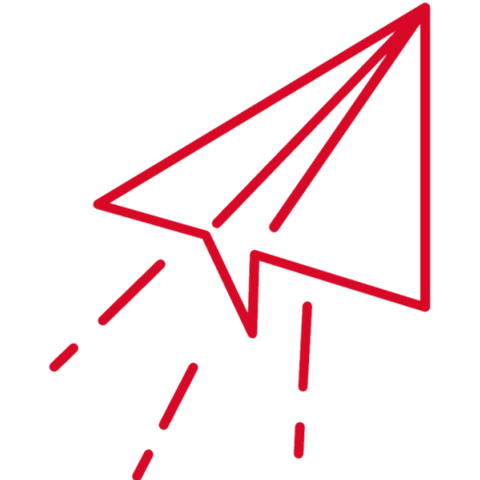For episode 4 of The Next Round season 3, Robin was joined by the CMO of the Recruiting Group for The Army, Nick Terry. Nick is part of the senior leadership team that has transformed Army recruitment, delivered against commercial targets, and rebuilt its reputation as the exemplar of public/ private partnerships. Charged with generating north of 100,000 applications each year, Army recruitment has had to shift gear along with focus as a result of a shrinking youth population, societal change, a highly competitive job market and the pandemic.
Can better audience segmentation, emotional not just rational messaging, an engaging campaign platform, a focus on the candidate journey and a commitment to bold, brave marketing drive this original brand with purpose onto a successful Next Round? We certainly think so.
You can listen to the full episode here, but we’ve picked out a few key insights and highlights from Robin and Nick's discussion below:
You can listen to the full episode on:
What is the secret to longevity with agency relationships?
For Nick, longstanding agency relationships are built with time, mutual respect, and establishing shared objectives and aims. Building and maintaining those agency relationships is really important to Nick, and his team have built true partnerships - in every sense of the word - over time.
These aren’t typical client/agency relationships, instead, everyone is part of one team, which Nick believes is crucial. The Army is generous in the time and flexibility it affords its agency partners to do their best work, and avoid stepping on toes or managing time. As with anything, there are challenges to be overcome, but as with any relationship it’s those moments of truth that test the relationship out that matter: that’s where the real benefit of those long term partnerships appears, and when there are challenges, everyone is able to rise to them and overcome them collaboratively.
How do you manage widespread news coverage of your marketing campaigns?
Currently, as media budgets don’t allow the brand to reach every individual they want to talk to, Nick and his team are always working to build a platform that allows them to become part of wider conversations, and move past simple paid media. While this is a deliberate approach, some of the resulting coverage can present a unique challenge (particularly when people are calling to discuss the work on radio phone-ins and more!) - but the first role of marketing is to get noticed, so if they’re doing this right, they’re doing their jobs effectively.
While it can be nerve wracking (depending on how long news coverage goes on for), Nick explained that the Army’s approach - rather than being specifically designed to generate coverage - is designed to have something new to say to their audience.
Nick has led the team in developing a deep understanding of their target young audience, and to create campaigns that will resonate best with them. In this respect, standing for something, and having something ‘surprising’ to say about the army, can put the brand firmly in the spotlight for a reaction as part of the process of reaching people who can ‘see through’ that element of the messaging.
How does The Army’s Marketing Ecosystem currently function?
The present team isn’t huge, with about 17 people full time; it features a blend of skills and experiences, and currently is organised mainly through these parameters, but they’re currently going through a reorganisation exercise to ensure their structure is more closely aligned to the candidate journey and the roles they need to fill along this process. They’re very much at the front end of raising awress, driving consideration, and converting people coming through the recruitment funnel and into the process.
They’re currently working to ensure they’re achieving this at the right volume, at the right quality, for all of the role types and career streams that are available for the regular army and the reserve army. They look to recruit around 10 to 15,000 people per year, which means they need to generate north of 100,000 applications across all of the role types.
What prompted the shift to a different organisational model for your marketing team?
Originally the model was more channel-led, and have now moved to the customer journey centred organisational design. The channel approach worked for many years, but Nick and his team realised there was a better way - they found themselves working in siloes or not being able to fully meet different challenges, and an absolute focus on the customer gives them a much greater opportunity to improve and develop. This is a transformation which many brands are going through, and one that makes a lot of sense.
How did marketing function during the pandemic?
Marketing was on full blast throughout the pandemic. The army were able to continue recruiting throughout, but they did have to shift and adapt rto virtual processes and more, but they were able to keep candidates moving through the pipeline - even if that meant pausing at various stages, such as pre assessment centres.
They maintained media spend at planned levels, and for some months this worked particularly well (with TV being more affordable for some months as other advertisers pulled back). It’s a hugely competitive market, and there are something like a million vacancies across the nation, and because they’re also recruiting for part time roles, it’s a difficult job.
Nick pointed out that it’s never been an easy job, but the market is going to continue to be challenging; marketing is redoubling its efforts, ensuring their creativity and messaging is spot on and placed effectively.



